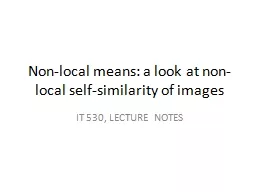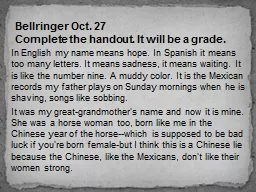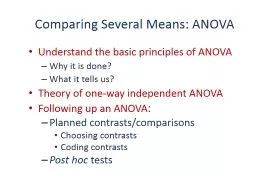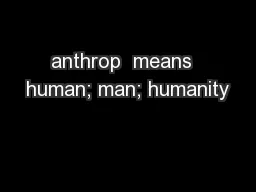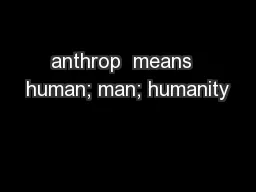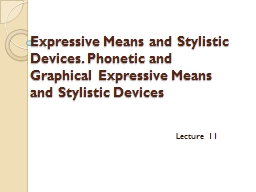PDF-What is food irradiationIrradiation of food means subjecting the food
Author : sophia2 | Published Date : 2022-09-22
The facts about food irradiation Food Act 2006 The facts about food irradiation 150 July 2018 2 Does irradiation affect the food146s nutritional valueAll food
Presentation Embed Code
Download Presentation
Download Presentation The PPT/PDF document "What is food irradiationIrradiation of f..." is the property of its rightful owner. Permission is granted to download and print the materials on this website for personal, non-commercial use only, and to display it on your personal computer provided you do not modify the materials and that you retain all copyright notices contained in the materials. By downloading content from our website, you accept the terms of this agreement.
What is food irradiationIrradiation of food means subjecting the food: Transcript
Download Rules Of Document
"What is food irradiationIrradiation of food means subjecting the food"The content belongs to its owner. You may download and print it for personal use, without modification, and keep all copyright notices. By downloading, you agree to these terms.
Related Documents



